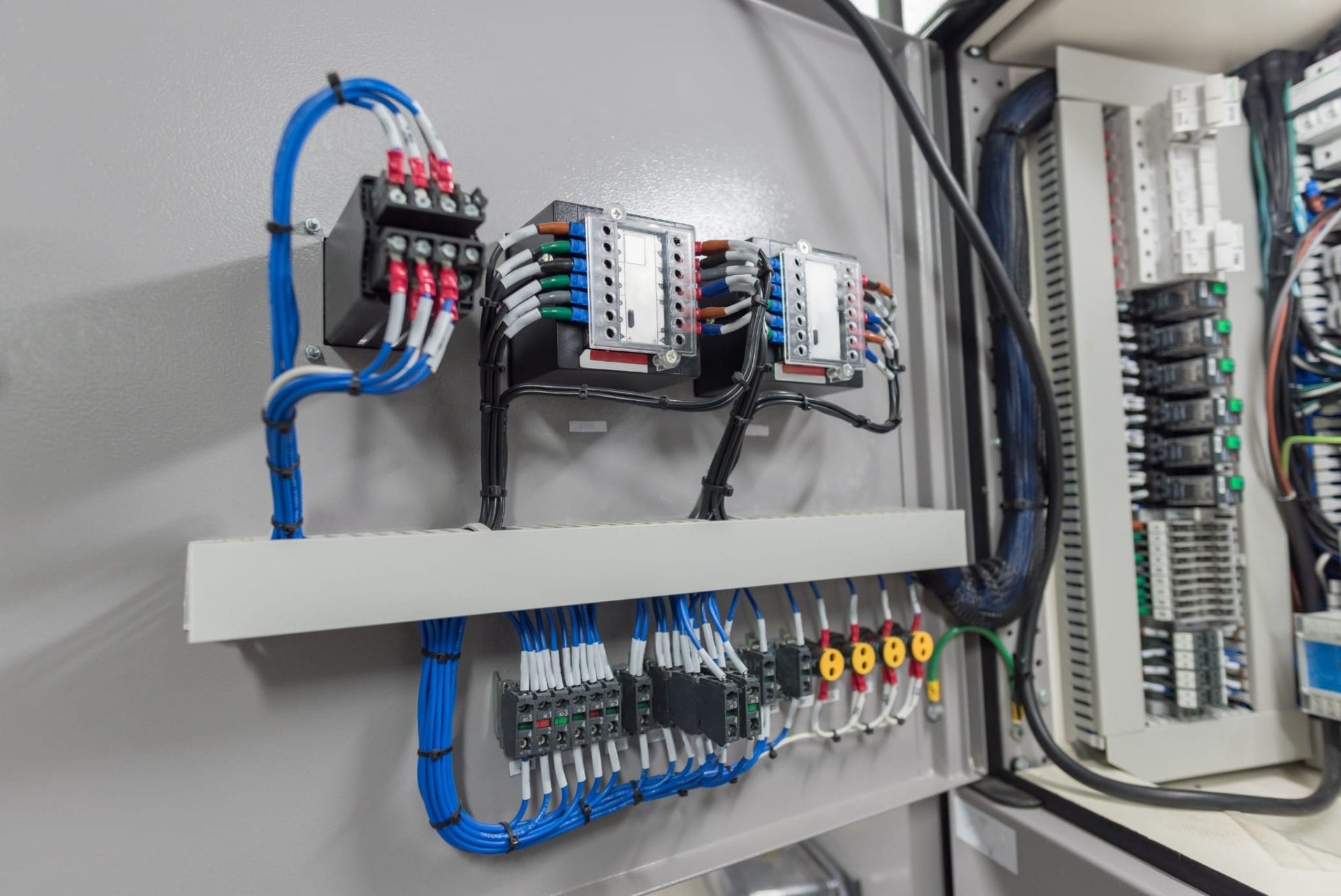Beginner's Guide to Electrical Wiring: Tips and Techniques for Efficient and Safe Installation

The electrical wiring is an essential part of any home, and knowing it is crucial for each homeowner. It is not just important to ensure the efficient running of your house however, it is critical for your security. In this article, we’ll examine the fundamentals of electrical wiring, the importance of safety and the advantages of employing an authorized residential electrician for all electrical wiring needs.
Understanding Electrical Wiring Basics
Electrical wiring is the network of electrical conductors that runs through your house, delivering electricity to your appliances as well as lighting fixtures. It functions by creating electrical circuits that connect the power source with your gadgets. Electrical circuits consist of wires, switches, as well as other components of electricity that work together to create a safe and reliable electrical system. There are different types of electrical wiring. These include aluminum, copper, and types of wire insulation like PVC, rubber, or paper.
Preparation and Planning for Electrical Wiring
Before you install an electrical wire, you must consider many factors to consider, including the kind of wiring you require, the power capacity that your electric system can handle and your power needs. In addition, it is essential to know about electrical wire regulations as well as permits needed in your region. In order to prepare the electrical wires, create an electrical plan and evaluate your electrical needs. This will help ensure that your electrical system is secure, efficient, and meets your power needs.
Materials and Tools Required for electrical wiring
When making new electrical wiring, it is crucial to have the proper tools and materials available. Tools that are essential include strippers, wire cutters, pliers, and an electrical voltage tester. Other components required for electrical wiring comprise electrical tapes, wire nuts conduit as well as electrical box. It is also helpful to have a wiring diagram that will help you with the installation process.
Step-by-Step Instructions for Electric Wiring Installation
Installation of electrical wiring can be a complex process however, with the right tools and knowledge, it can be done quickly and safely. This is a step-by-step guide to installing electrical wiring inside your home:
Switch off the power in the area where you will be working.
Design the wiring layout and mark where the wiring will be installed.
Install conduit and electrical boxes wherever needed.
Cut and strip the wires to the appropriate length.
Wires should be connected to devices or fixtures you’re wiring.
Make sure the wires are secured using wiring nuts, electrical tape or even conduit straps.
Test the wiring to ensure that it’s working properly.
When installing the wiring, it is important to follow wiring installation best methods and suggestions. Be conscious of common mistakes you need that you should avoid while installing wiring for example, wiring circuits that are too large, using damaged wires and using the incorrect type of wire.
Troubleshooting Electrical Wiring Problems
Even with careful design in the installation and design, wiring problems can arise. Common issues include circuit overloads, wiring damage as well as electrical shorts. To solve these issues it is crucial to know about common electrical wiring problems and understand how to safely and effectively solve these issues. Additionally, it is critical to adhere to electrical safety guidelines in the event of a problem with electrical wiring like shutting off the power source and wearing safety gear.
Conclusion
In the end, knowing about electrical wiring in your home is essential for your safety as well as the effective operation of your electrical system. It is crucial to engage a licensed electrician to ensure that your wiring is maintained and installed properly. At Local Electrician Eltham, we provide a range of electrical services, including electrical wiring repair and installation. Contact Local Electrician Eltham at 1300 933 820 to discuss all your electrical wiring requirements.
Electrical Wiring FAQ
Here are some frequently asked questions related to electrical wiring, as well as extra safety advice and best practices for electrical wiring installation and repair:
What type of wire do I need to use to wire my electrical circuit?
The kind of wire you choose to use for electrical wiring is contingent on the particular requirements of your project and the local building codes. It is crucial to select the right gauge for your wire as well as the appropriate insulation type and wire material to ensure safety and efficiency for your wiring system.
Do I have to install myself my own wiring for electrical use?
Although it is possible to build an electrical wire yourself it’s crucial to have the skills and knowledge to do so safely and efficiently. In most cases, it is recommended to hire a licensed electrician to ensure your wiring is properly installed and maintained in a safe and secure manner.
How often should I inspect my electrical wiring?
It is recommended to examine your electrical wiring at least every 10 years, or when you notice symptoms of electrical malfunctions like frequent circuit breaker trips or electrical shocks.
What should I do if I discover electrical wiring issues in my house?
If you spot any electrical wiring issues in your home, for example, flickering lights or outlets that don’t function, it’s important to take action immediately. Switch off the power source to the area in question and then contact a licensed electrician to evaluate and repair the issue.
If you follow these guidelines and the best methods, you can be sure you have electrical connections that are secure and operating in a safe manner. Be sure to put safety first and seek out a licensed electrician in the event of a need. Contact Local Electrician Eltham at 1300 933 820 for all your electrical wiring requirements.
